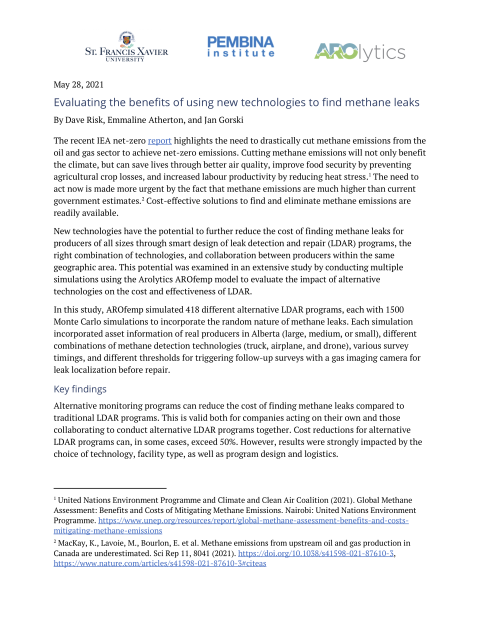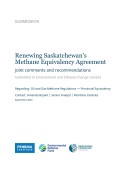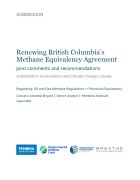The recent IEA net-zero report highlights the need to drastically cut methane emissions from the oil and gas sector to achieve net-zero emissions. Cutting methane emissions will not only benefit the climate, but can save lives through better air quality, improve food security by preventing agricultural crop losses, and increased labour productivity by reducing heat stress. The need to act now is made more urgent by the fact that methane emissions are much higher than current government estimates. Cost-effective solutions to find and eliminate methane emissions are readily available.
New technologies have the potential to further reduce the cost of finding methane leaks for producers of all sizes through smart design of leak detection and repair (LDAR) programs, the right combination of technologies, and collaboration between producers within the same geographic area. This potential was examined in an extensive study by conducting multiple simulations using the Arolytics AROfemp model to evaluate the impact of alternative technologies on the cost and effectiveness of LDAR.
In this study, AROfemp simulated 418 different alternative LDAR programs, each with 1500 Monte Carlo simulations to incorporate the random nature of methane leaks. Each simulation incorporated asset information of real producers in Alberta (large, medium, or small), different combinations of methane detection technologies (truck, airplane, and drone), various survey timings, and different thresholds for triggering follow-up surveys with a gas imaging camera for leak localization before repair.
Key findings
Alternative monitoring programs can reduce the cost of finding methane leaks compared to traditional LDAR programs. This is valid both for companies acting on their own and those collaborating to conduct alternative LDAR programs together. Cost reductions for alternative LDAR programs can, in some cases, exceed 50%. However, results were strongly impacted by the choice of technology, facility type, as well as program design and logistics.
For multi-producer collaborations, the logistics of follow-up surveys are important since alternative technology surveys can be much faster than traditional ground-based camera surveys. To avoid delays in leak localization and subsequent leak repairs, enough ground crews must be available and deployed in timely manner.






